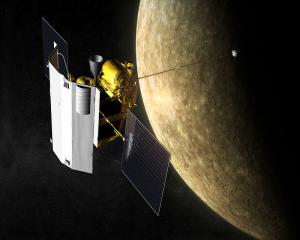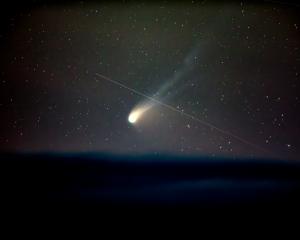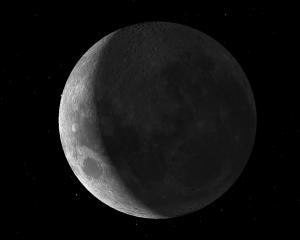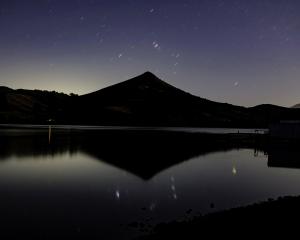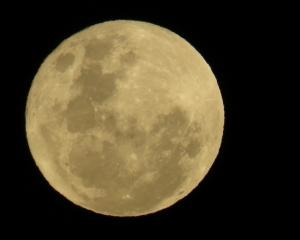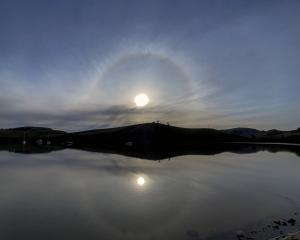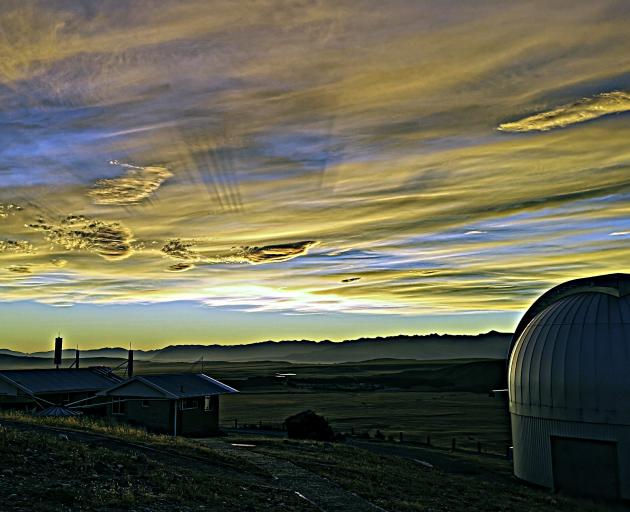
These rays derive their scientific name from the Latin word "crepusculum", meaning twilight. They are the shafts of sunlight that seemingly radiate from the sun’s position, extending across the sky like celestial fingers. They form when clouds cast shadows on the air and can extend hundreds of kilometres in the sky. Bright rays occur when sunlight shines between clouds, while dark rays are formed when clouds cast shadows upon the surrounding air. Because the amount of particles in the air is ever-changing, the visibility of the rays is highly variable, meaning that no two displays are ever the same!

If you are lucky, their lesser-known sibling, called anticrepuscular rays, might be visible. These rays appear to converge towards the point in the sky directly opposite the sun. Anticrepuscular rays can be subtle but incredibly beautiful, glowing with a lovely contrast between dark blue anticrepuscular shadows and the pink twilight sky.
The fact that the rays appear to converge is a matter of perspective. Just like railway lines seem to come together in the distance, rays from the sun appear to do the same to an observer on the ground.
With many people’s morning commute coinciding with sunrise at this time of year, the next few weeks offer a great chance to try to spot some crepuscular and anticrepuscular rays. Combined with the explosion of colour which often accompanies sunrise, a display of these atmospheric rays can take an already super sunrise to a new level of spectacle.

